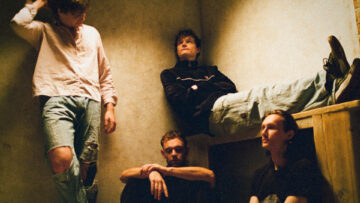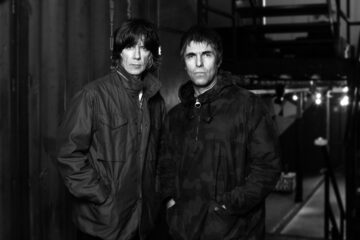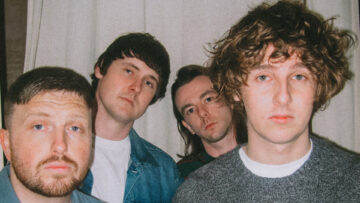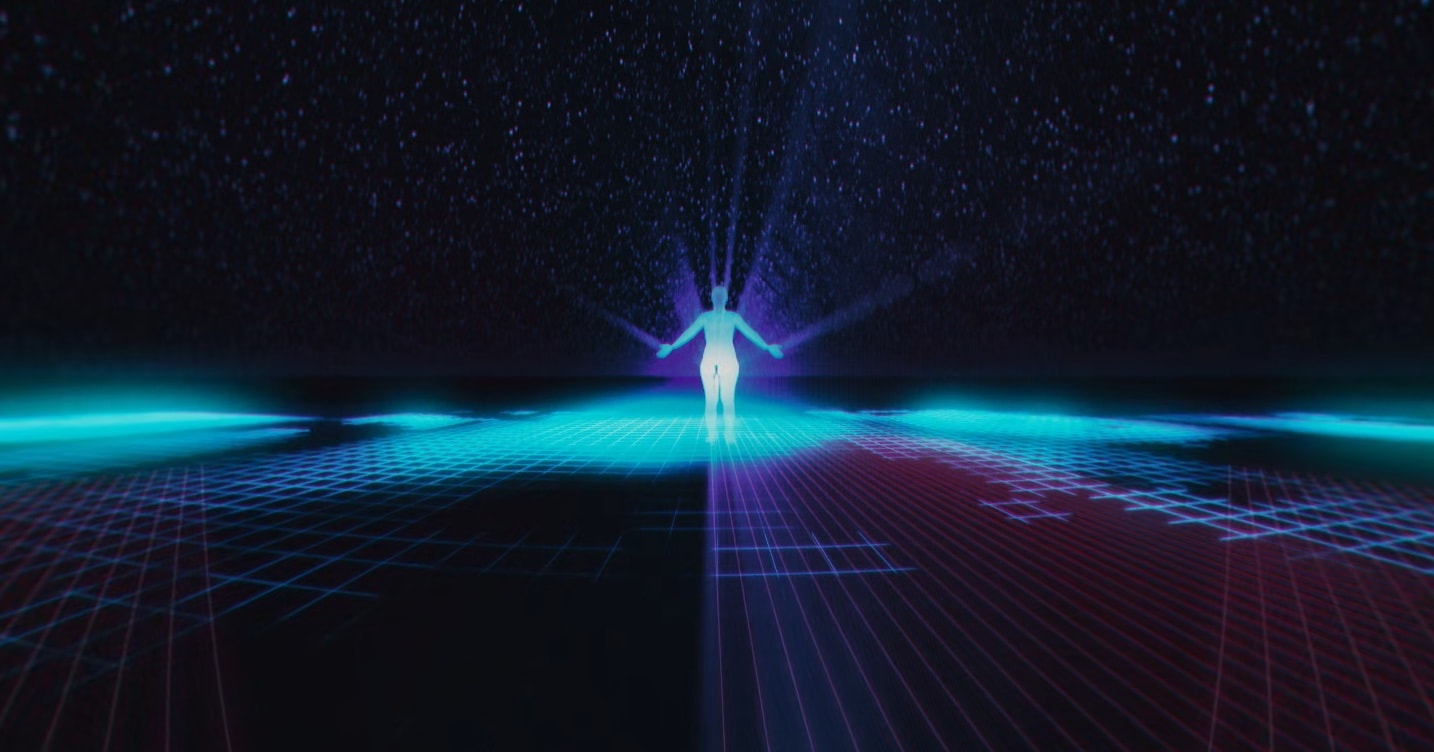
‘In Pursuit of Repetitive Beats’, a new VR exhibition from award-winning filmmaker Darren Emerson combines the latest immersive technologies with a history of rave to give you a glimpse back into the essence of the acid house movement.
It’s open from today until 1st May. Here’s why you should give it a visit.
Sometimes you have to dip into the past to see the future. Understand previous experiences to get a sense of where you’re going. At a brand-new exhibition in Coventry, though, it’s future-facing technologies granting access to the past. ‘In Pursuit of Repetitive Beats’ is akin to a time machine – or at least the closest thing we have to one so far.
Specifically, this virtual reality experience from filmmaker Darren Emerson (co-founder of East City Films), absorbs you in a world set on one night in Coventry in 1989. You hitch a ride with three (virtual) friends, off in search of an illegal acid house rave, learning the real-life stories along the way of the people who made them happen: the promoters, the organisers, the flyer designers and even the police tasked with shutting these events down (brilliantly named the Coventry Acid House Squad).
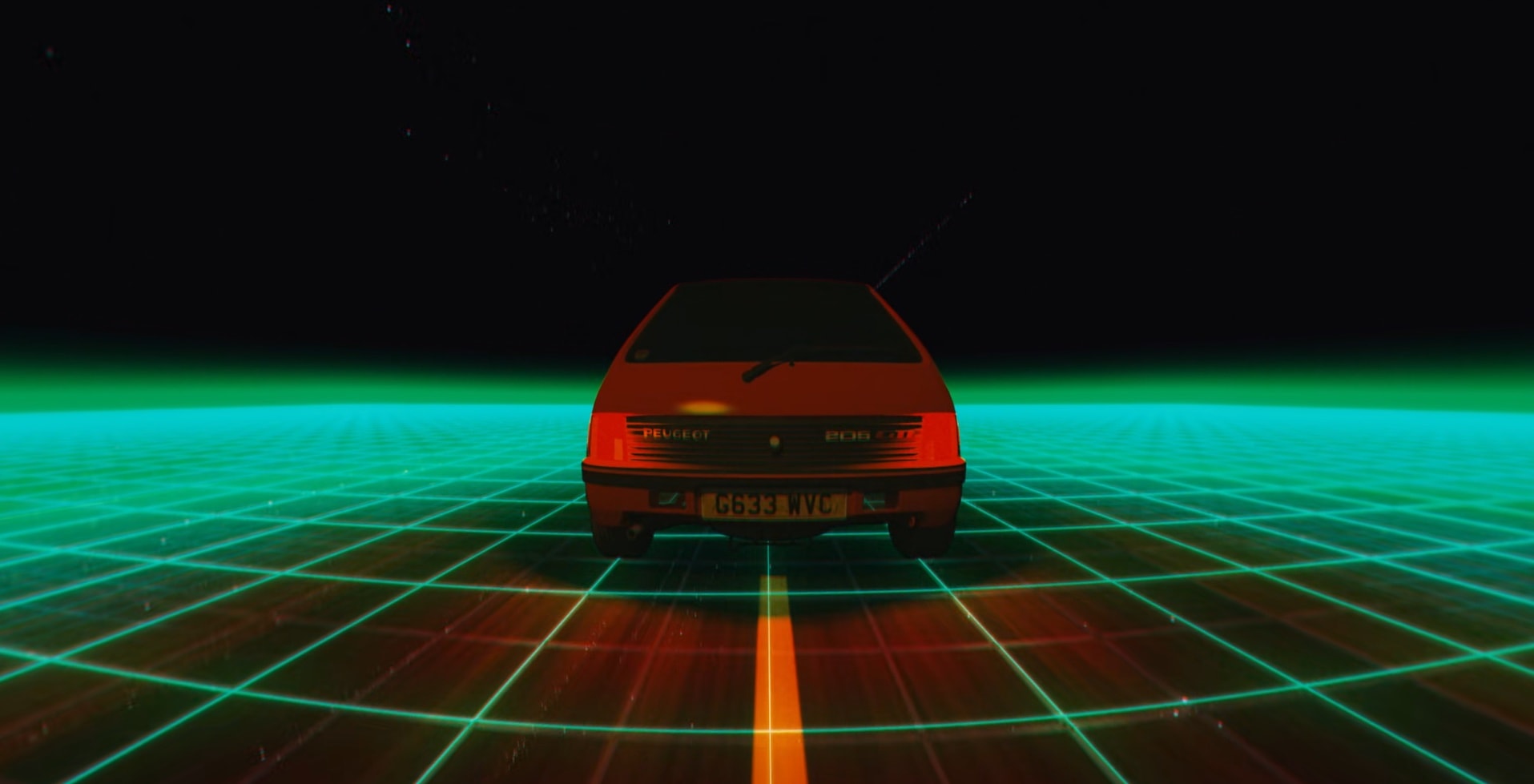
For anyone yet to experience VR – which, I admit, I was to prior to this – it marks the perfect introduction to the technology, as it surrounds you with sound, senses and the thrill of being young.
Darren, who’s been working in VR for around seven years, has previously used the medium to tell stories of hard-hitting social justice issues such as the 7/7 bombings (Witness 360: 7/7; 2015), the UK’s immigration detention system (Indefinite; 2016), and social housing (Common Ground; 2019).
I’ve been planning this for years… I wrote some of those scenes a long time ago
But this new exhibition, he tells me, represents a long-held ambition. “Ever since I started doing VR, I really wanted to do something about rave… I really wanted to make something in VR that had a real joy to it and made people leave really excited. So I’ve been planning this for years… I wrote some of those scenes a long time ago.”
Darren explains the beginning scene (which I won’t give away any spoilers for – this is, after all, a film), was one such example of something he’d devised years ago. He admits he was never part of the original Acid House movement of the late 80s; the one whose roots from Chicago, Germany and Ibiza merged with the hot, heady, admittedly drug-powered Second Summer of Love in 1988 and ’89.
SPOILER WARNING: This trailer contains real footage from inside the VR experience at In Pursuit of Repetitive Beats. 29 Mar – 1 May, The Box @ FarGo Village. £6 tickets selling out fast at https://t.co/iuBJVmSijR pic.twitter.com/Wh8gZA6aLH
— Coventry UK City of Culture 2021 (@Coventry2021) March 28, 2022
“My introduction to nightclubbing and rave culture started in November 1995 when I was taken by some university friends to Wandsworth, to Club UK for a night called ‘The Final Frontier’. At that point, I think my life changed completely.
“It was one of those seminal sort of moments, those things that kind of define who you are; those are special moments and I think that connects you to what the acid house scene was in ‘89, because it’s the same feeling.”
It freed me both physically, in terms of being able to dance with no inhibitions, and made me feel connected to a crowd, a community
“It freed me both physically, in terms of being able to dance with no inhibitions, and made me feel connected to a crowd, a community, to feel open. Part of that is probably the ecstasy. But it’s not just that, it’s the combination of all those things. And after you go through that, you take it with you for the rest of your life – that becomes a part of who you are.”
Darren, from Southeast London, also shares that “if left to my own devices, I probably would have made this about London and the M25 and that Orbital scene.” But after a call from Tony Guillan, Digital Curator for the current City of Culture, it wouldn’t take long before Coventry’s historical rave credentials made it an ideal suitor for the VR experience to be set.
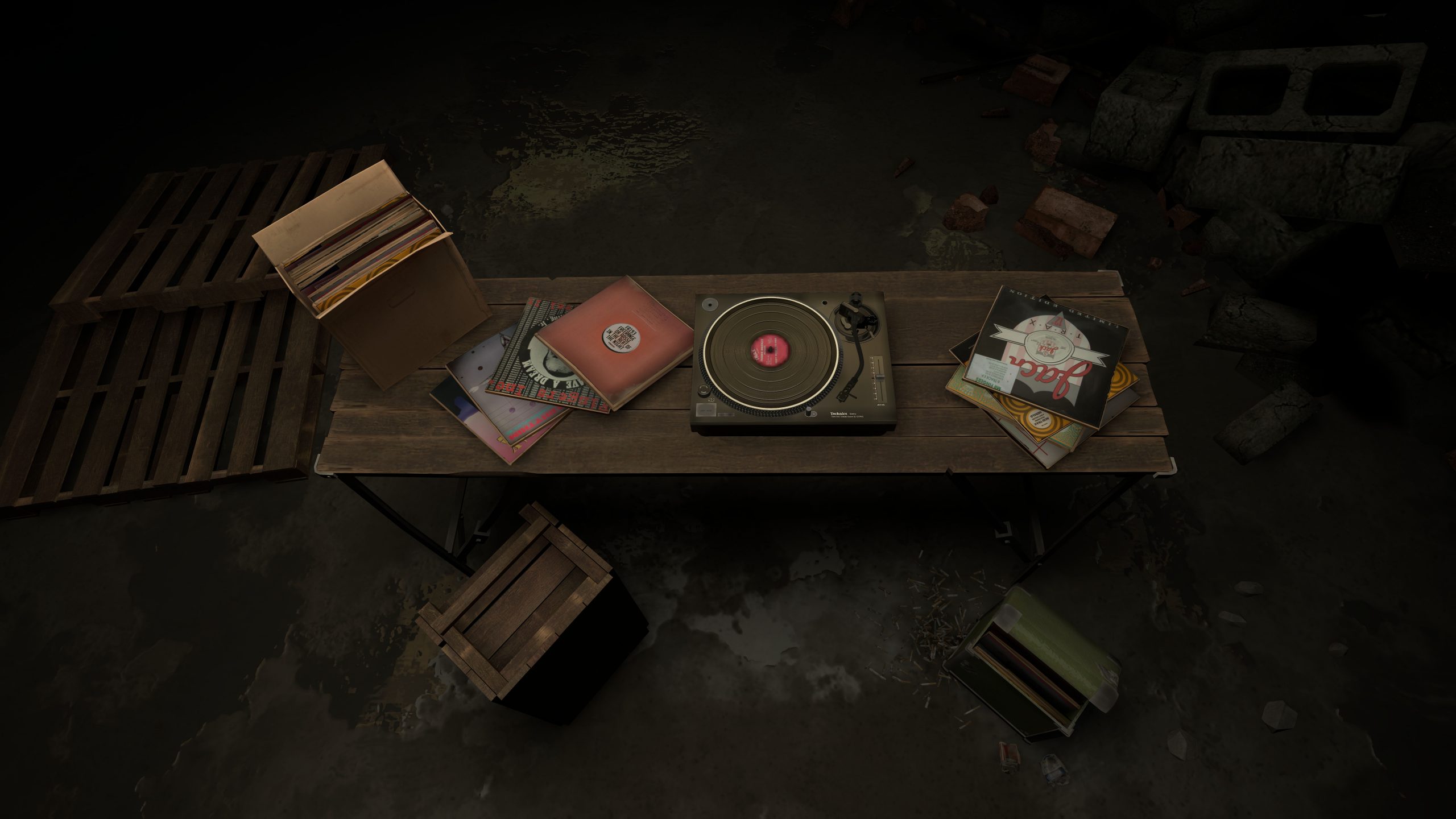
“To be honest with you, I didn’t know Coventry had this massive rave scene. And that’s because Coventry is not really celebrated in terms of acid house. If you look at the books and the documentaries that have been made, it’s not really mentioned.”
But Coventry’s rave scene was immense, a place for West Midlands youngsters to escape to, as well as being home to the Amnesia House promoters and the Eclipse Club – the former bingo hall that would become the first legal all-night club in the UK.
…people from all sorts of places who remember the scene and remember coming to Coventry, the centre of it
‘In Pursuit of Repetitive Beats’, then, is both a journey you take and the story of one already travelled by thousands of rave-hungry teens in search of the unifying power of dance, as well as those who helped create such events.
Characters like MC Man Parris, a celebrity-like figure on the scene celebrated for his lyrical flow; Neville Fivey, one of the original Amnesia House promoters who’s still putting on events to this day (“he’s putting on one tomorrow, I think,” says Darren); and Lee Fisher, a pirate radio DJ who helped Darren source plenty more people involved in the scene, “from Birmingham, Solihull, Rugby and all sorts of places who remember the scene in the West Midlands, and remember coming to Coventry, which was the centre of it.”
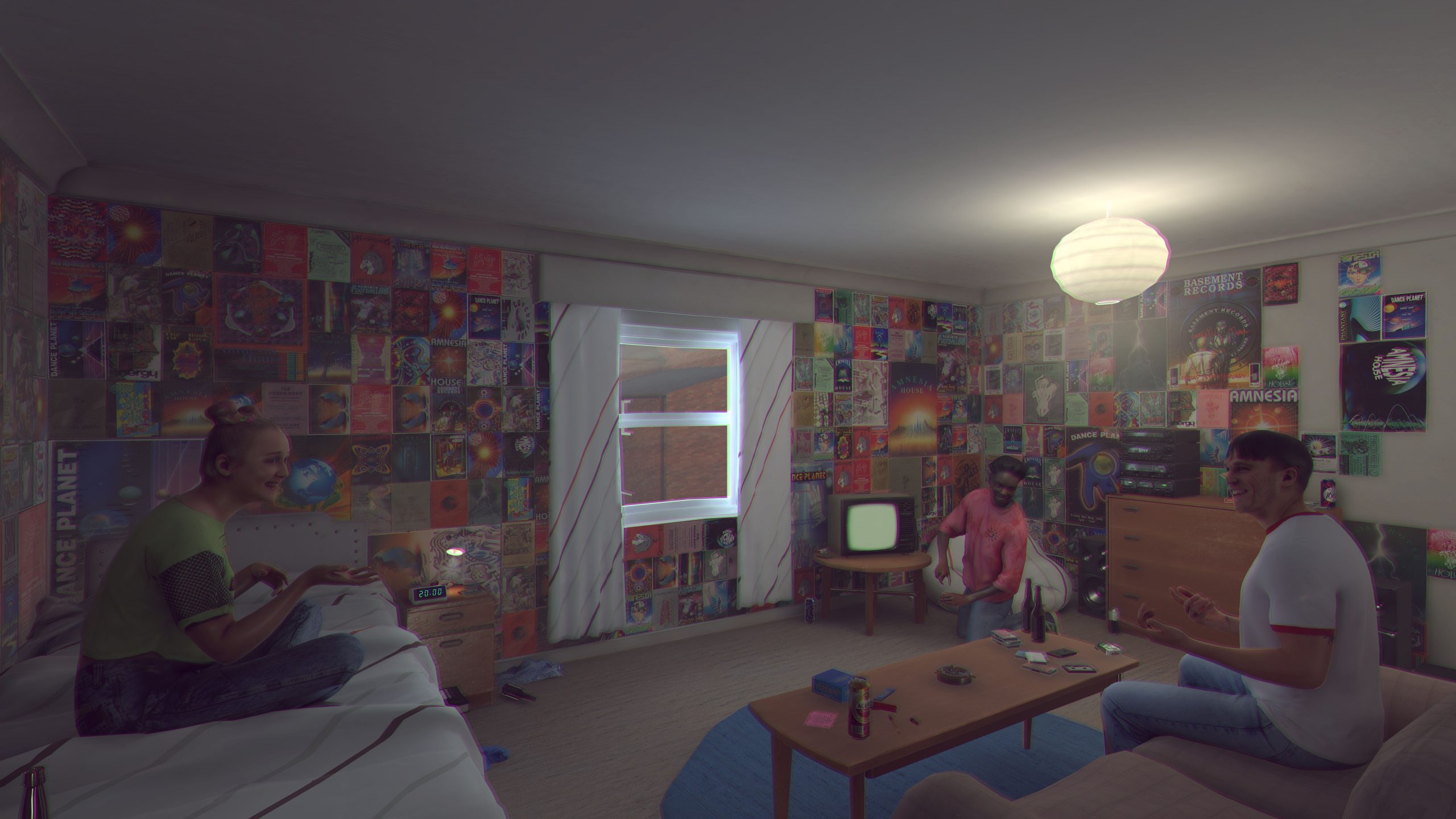
Indeed, it’s a rich tapestry of story and anecdote, helped of course by the truly immersive quality of the technology, which offers 360° scope and virtual hands, allowing you to pick up items like flyers and records and interact with them. I hold my (real) hands up to say I wasn’t expecting that last part, but it’s a quality that really takes the experience to the next level, allowing you to become an active agent within the story and environment as opposed to merely an observer.
The depth of field equally places you in a seemingly lifelike landscape with the sight of sunsets (and sunrises) as well as the rows of people you rave with. At one stage, arguably the climax of the piece, around 800 models are represented, each made to move as though they were individual selves.
We created it so it felt as chaotic and individual as Acid House dancing would have felt
“We had a female dancer and a male dancer in a motion capture suit,” Darren explains, “which captures the movement data so we can map how they move exactly. We probably did about 70 different loops with them. And it starts at intensity one and goes up to intensity 10: some euphoric loops with hands in the air and some loops that feel like they’re a bit wasted.
“We programmed the models to basically access those loops, choosing about eight loops they’d perform. What I didn’t want people to see was a kind of repetition of a movement because then you’d know it wasn’t real. So we created it so it felt as chaotic and individual as Acid House dancing would have felt.”
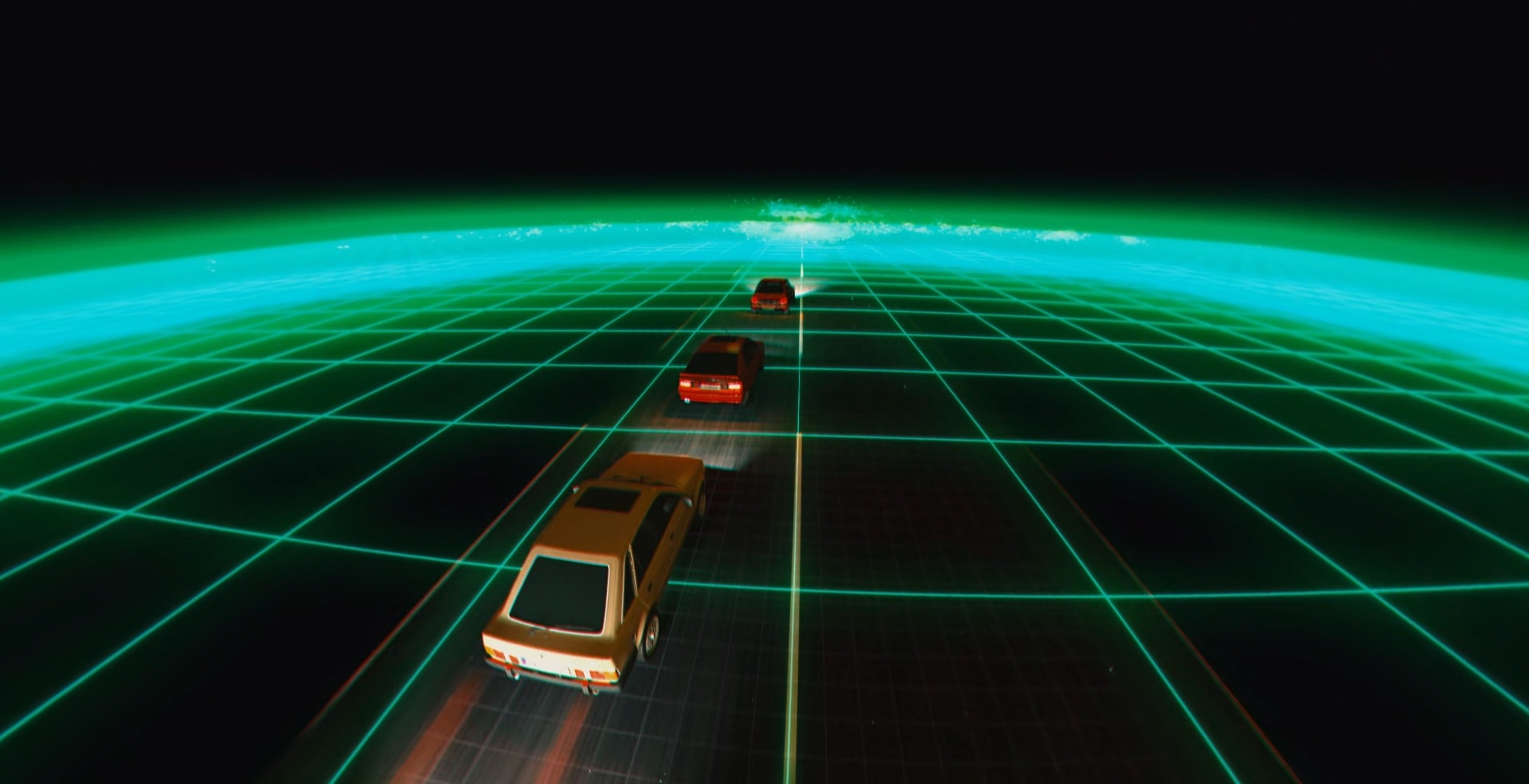
“When you look at the archive footage, everyone’s dancing and expressing themselves in very individual ways and are very un-self-aware, which is beautiful to see; not really caring how they look, just being with the music and I think that’s a really beautiful thing.”
Granted, the technology isn’t 100% foolproof. The faces of your three fellow ravers can look a little odd when observed closely and you do of course know you’re in a virtual reality, not a bona fide rave. But that isn’t the point.
I’m using the technology as an artist to present a piece of work
This experience is both a means of telling a story and transporting you to a new realm. “I’m using the technology as an artist to present a piece of work,” Darren says. And, what’s more, it’s improved so rapidly in recent years that with the help of “a lot of hard work, I’m not going to lie, the technology is coming along and helping us curate experiences that are meaningful, but technically accomplished.”
Even just a rundown of the different layers used to construct this virtual space is telling. There’s 360 video, 360 animation, animation sequencing; archive footage embedded in the environment, such as on the TV, and through the radio; there’s game-engine technology, built through Unity, and 3D modellers “taking all the ideas and building those worlds”.
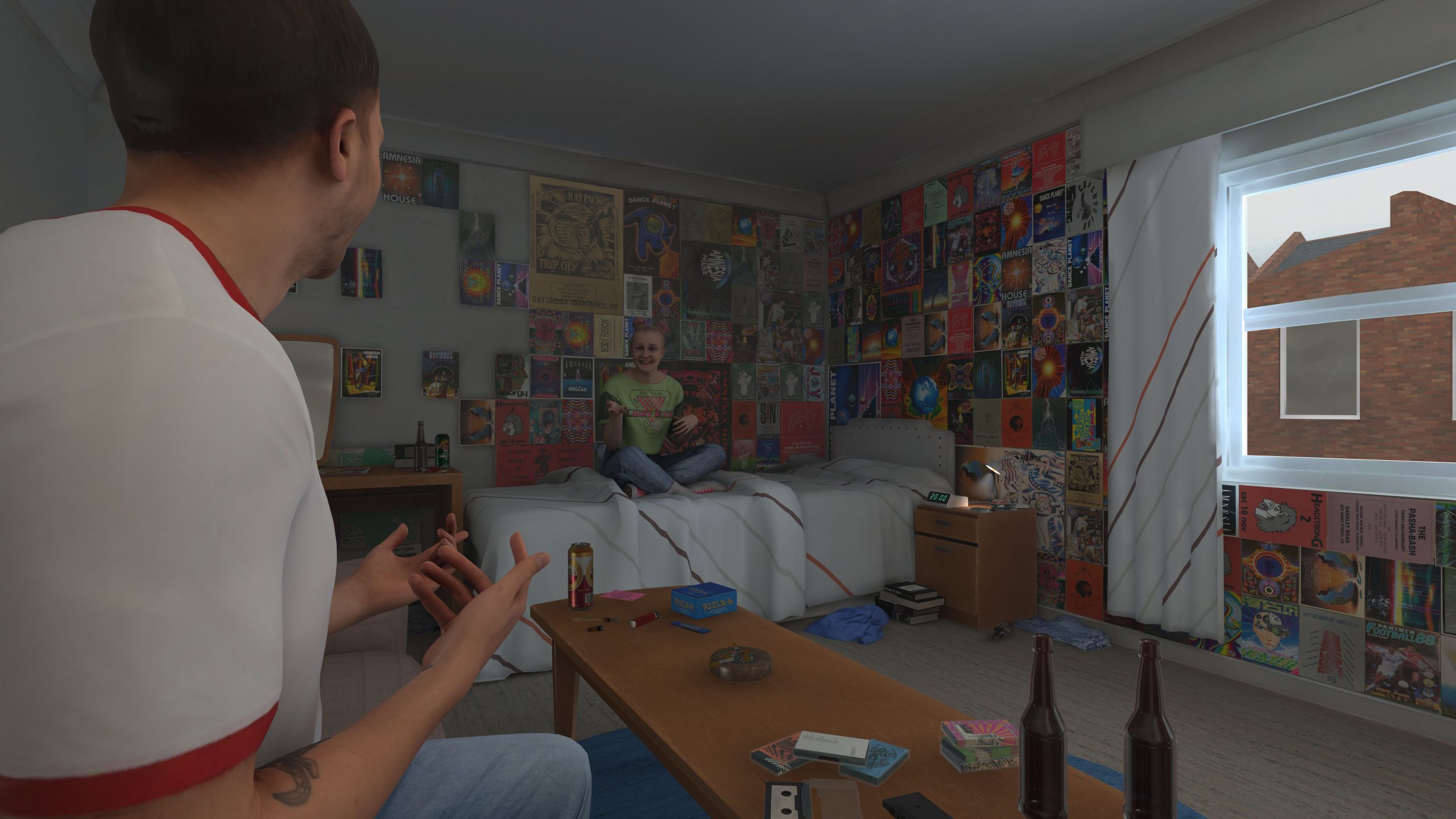
“It’s still not quite as stable as it could be,” Darren admits. “But we’re trying to get it as good as we can.” And if this is but the early days for this technology, the possibilities seem as endless as the very field of depth it creates.
Despite giving the impression of individuals dancing on their own accord, it’s able to simultaneously capture that intangible quality that raves create – that “feeling of warmth, and acceptance and of oneness,” Darren terms succinctly.
…that feeling of warmth, and acceptance and of oneness…
“And across the gender divide as well. You see people, you don’t see a girl and think, ‘she’s fit’, that’s not happening. It’s like, I love you, I love humanity. I know that sounds a bit hippy-dippy, but I think those moments are there.”
Darren had hoped for his work to be a joyous divergence from his previous, politically absorbed works. But in truth, ‘In Pursuit of Repetitive Beats’ also captures the spirit of an age at the turbulent end of Thatcherism, where young people were looking for the desire to escape. The Acid House rave movement offered that in abundance.
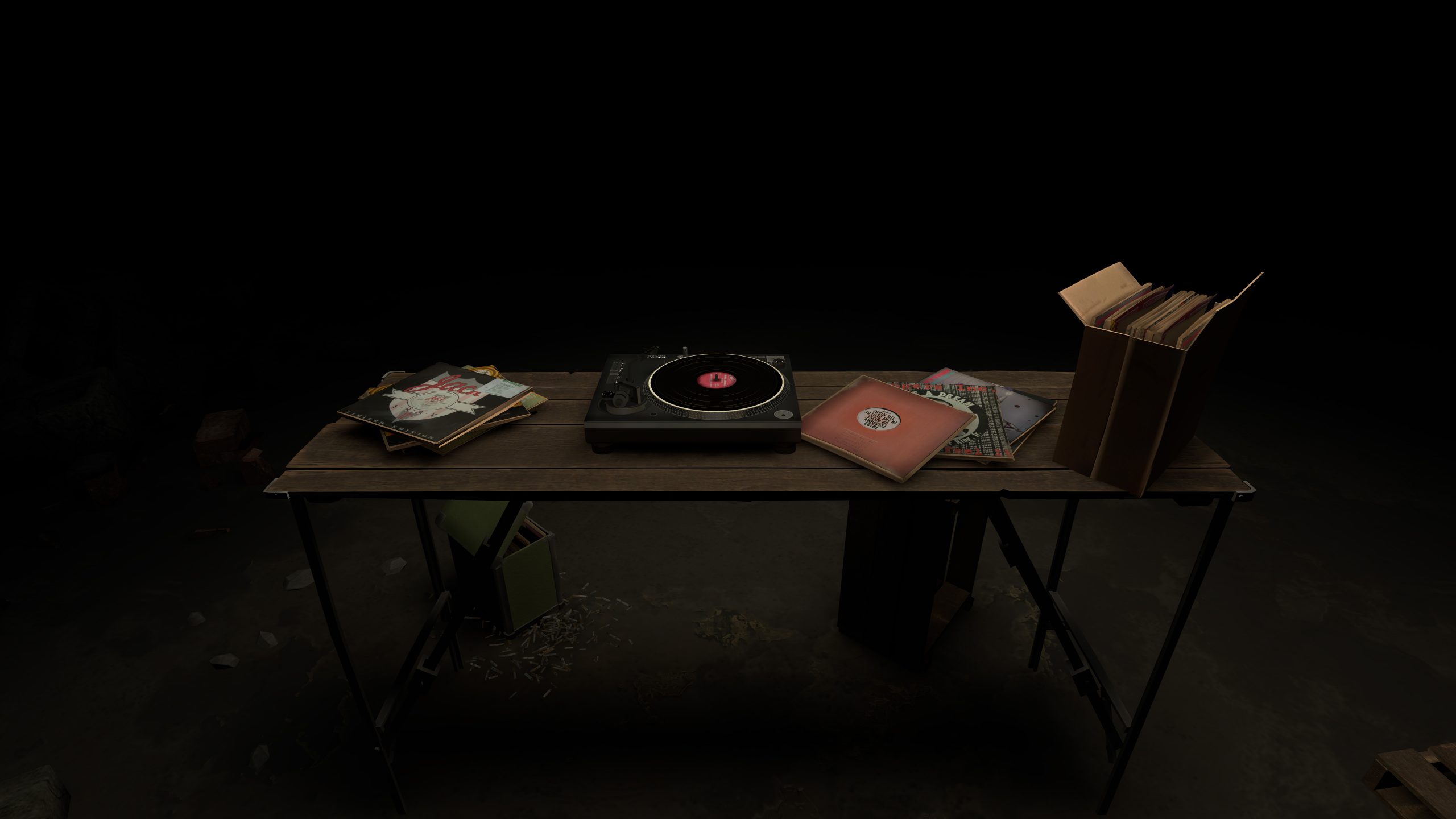
“Those warehouse experiences were like that. It was kind of like a spiritual church where people could see, just for a brief moment, maybe another way of living. Yes, you’ve got to go back to your job after the weekend and there’s bills to pay. But for a moment there, we all want something that’s more than we’re presented in terms of our society.”
And now you have the chance to experience that escapism too. And maybe, just for that brief moment, feel free, inspired by the technologies of the future, whilst taking a glimpse back on our past. As people and as ravers.

